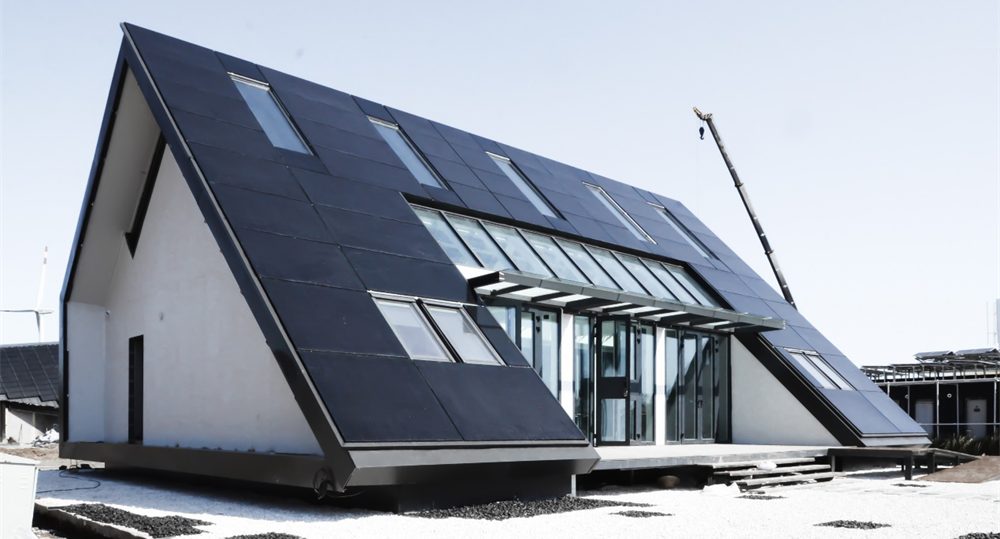
The increasing emphasis on sustainable building practices, energy efficiency, and occupant comfort has propelled Vacuum Insulating Glass (VIG) to the forefront of modern glazing technology. As architects, engineers, and developers plan new projects or undertake extensive renovations, understanding the critical factors involved in designing with VIG is paramount. HaanGlas, as a premium vacuum insulating glass manufacturer, offers insights and products that enable professionals to fully leverage the power of VIG to create high-performance buildings. Here, we delve into the key Factors Design with VIG to maximize its benefits.
1. Thermal Performance Optimization: The primary advantage of HaanGlas VIG is its unparalleled thermal insulation, achieved by the vacuum layer between glass panes. When designing, consider the specific U-value requirements for your project’s climate zone and energy performance goals. With U-values as low as 0.4 W/(m²·K), VIG significantly outperforms traditional double and even some triple glazing. This allows for smaller HVAC systems, reduced energy consumption, and superior indoor temperature stability. Integrate VIG thoughtfully into building envelopes to minimize thermal bridging and achieve stringent passive house standards or zero-carbon building objectives.
2. Acoustic Comfort Considerations: Urban noise pollution is a growing concern. The vacuum within HaanGlas VIG not only blocks heat but also effectively dampens sound transmission. When designing spaces requiring high acoustic attenuation, such as hospitals, schools, or residences near busy thoroughfares, VIG’s sound insulation capabilities should be a core consideration. Specifying VIG with appropriate glass thicknesses and laminate options can further enhance its sound-reducing performance, creating serene indoor environments.
3. Structural Integration and Aesthetics: HaanGlas VIG is remarkably thin compared to its insulating performance, often similar to single pane glass. This slim profile is a major design advantage, especially for curtain walls and facades. It allows for sleeker frame designs, maximizes daylight, and maintains visual clarity without distortion. Designers can integrate VIG seamlessly into various framing systems, preserving architectural intent while dramatically upgrading performance. Consideration of overall building aesthetics and the desire for unobtrusive glazing should guide VIG selection and integration, leading to sophisticated designs like Design Glass Facade with Vacuum Glass to maximize benefits.
4. Solar Control and Light Transmission: Depending on the project’s orientation and local climate, managing solar heat gain and UV radiation can be crucial. HaanGlas VIG can be combined with various low-emissivity (low-e) coatings and tints to control solar heat gain coefficient (SHGC) and visible light transmittance (VLT). Careful specification allows designers to optimize daylighting, prevent overheating, and protect interiors from harmful UV rays, striking a perfect balance between light, view, and energy performance.
5. Durability and Longevity: While the vacuum state might raise questions about durability, HaanGlas VIG is built for resilience. Its robust edge sealing technology and meticulous manufacturing processes ensure the vacuum is maintained for decades, providing a long-lasting, high-performance solution. Designers should consider the specific environment (e.g., high altitudes, extreme temperatures) and specify VIG that meets the required certifications and performance guarantees. Understanding these aspects is key to long-term performance and optimal building envelopes. Comprehensive insights on our premium VIG can be explored on the https://www.vacuum-glass.com/ website.
Designing with HaanGlas VIG offers architects and developers a powerful tool to achieve exceptional building performance across multiple metrics. By strategically considering thermal, acoustic, aesthetic, solar, and durability factors, VIG can transform ordinary buildings into extraordinary, energy-efficient, and comfortable spaces that stand as testaments to advanced, sustainable design. This intelligent glazing choice is indeed a hallmark of forward-thinking architectural practice.